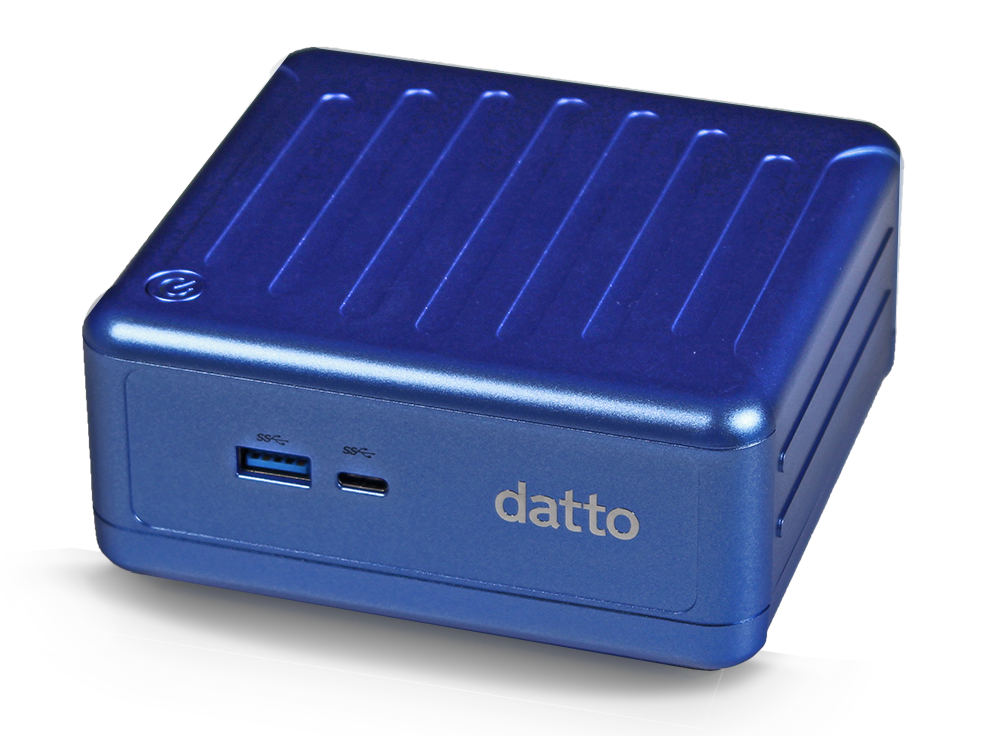Power Supply Failure Symptoms and Troubleshooting
Topic
This article describes some general symptoms of a failing power supply, diagnosing power issues with IPMI, and general troubleshooting for power issues.
Environment
- Datto SIRIS
- Datto ALTO
- Datto NAS
Description
The following symptoms suggest a problem with the power supply (PSU).
- The system is completely dead (no fan, no LEDs, no output)
- Smoke
The following is a list of hardware problems that often are related to the power supply:
- Any power-on or system start up failures or lockups.
- CPU Speed running slow (throttled)
- Spontaneous rebooting or intermittent lockups during normal operation.
- Intermittent parity check or other memory-type errors.
- Hard disk and fan simultaneously failing to spin (no +12v).
- Overheating due to fan failure.
- Small brownouts cause the system to reset.
- Electric shocks felt on the system case or connectors.
- Slight static discharges disrupt system operation.
- In many cases, a parity check error message can indicate a problem with the power supply. This might seem strange because the parity check message specifically refers to memory that has failed.
Diagnosing a power supply that has not failed yet.
If the device powers on and has IPMI you can check power supply health from the command line on a Datto appliance.
ipmitool sdr type "Power Supply"
If this returns Failure detected or Predictive failure replace the power supply
Voltages
Sensor Readings should be in between the Lower Critical and Upper Critical devices that have voltages near/under the minimum voltage range may be an indication of a failing PSU
Voltage | Command | Min Voltage | Max Voltage |
|---|---|---|---|
+3.3V | ipmitool sensor get "P_3V3" | 2.97V | 3.63V |
+/5.0V | ipmitool sensor get "P_5V" | 4.5V | 5.4V |
+/12.0V | ipmitool sensor get "P_12V" | 10.8V | 12.9V |
Device Lockups/ Device Turning off
Check power supply cooling
- Make sure the power supply fan is spinning and has proper airflow
- If a Device was running and then powers off you should also investigate if it was overheating. If this is not caused by fan failure. It can be caused by a low voltage on the 12.0V power rail which would be an indication of power supply failure.
General Troubleshooting
Check AC power input
- Make sure the cord is firmly seated in the wall socket and in the power supply socket.
- Try a different cord.
- Try a different wall socket.
Check Connections
If the device has a replaceable power supply open the chassis verify that the 24-pin (Main power bundle) and the 4-pin (Auxiliary power) are securely plugged into their respective ports on the motherboard.
Have the partner check to see if the Power Good signal led is lit on the board. If it is lit, power from a PSU is currently reaching the board.
Running fans and drives and motherboard LED's do not necessarily indicate a good PSU. In the absence of a single short beep, then any silence, long single beeps, or series of short beeps might indicate a problem with the memory. If you get short beeps verify that the memory is in the appropriate motherboard slots. If you get silence, try removing the memory to see if you get any beeps.
You can also try the following steps for small chassis devices depending on the chassis type.
Small Chassis Device won't Power Up (Zotac Chassis)
If you have an ALTO 2, ALTO3 or S3X or S4X series device, where the power LED is separate from the power button and the power LED remains red when pressed, try a CMOS reset using these steps:
Unplug the device.
Remove the 4 feet off the bottom of the device with a Phillips-head screwdriver.
Open the bottom of the chassis by sliding the bottom of the case towards the front of the device.
Press the reset button **
Put the bottom of the chassis back on.
Re-attach the feet to the bottom of the Chassis
Attempt to power on the Device.
Small Chassis Device won't Power Up (Beebox Chassis)
If you have an ALTO device where the top Power LED illuminates but the device doesn't appear to have any video output:
Press the power button
Unplug the power and HDMI cables on the device
Confirm that the monitor is set for HDMI input
Confirm that the HDMI plug is connected to the HDMI output closest to the power port
Make sure that the monitor is plugged in prior to powering the device on
Power on the device





